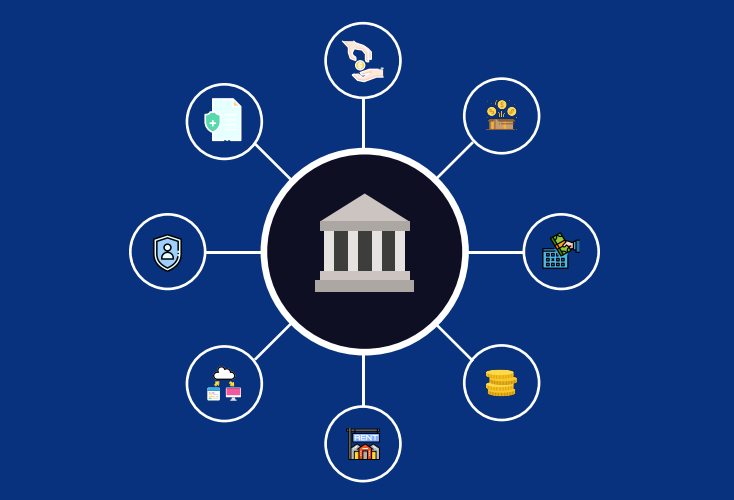Banking as a service
The Tearsheet Guide to Non-Intuitive and Interesting Uses for Banking as a Service
- Banking as a Service technologies have moved beyond powering upstart digital banks.
- In Tearsheet's report, we look at various new use cases for the emerging technology.








